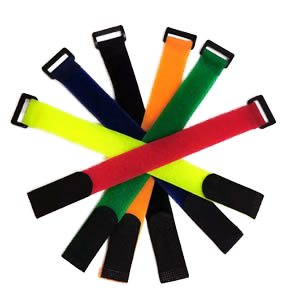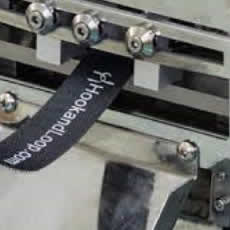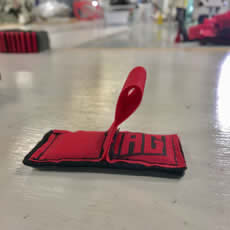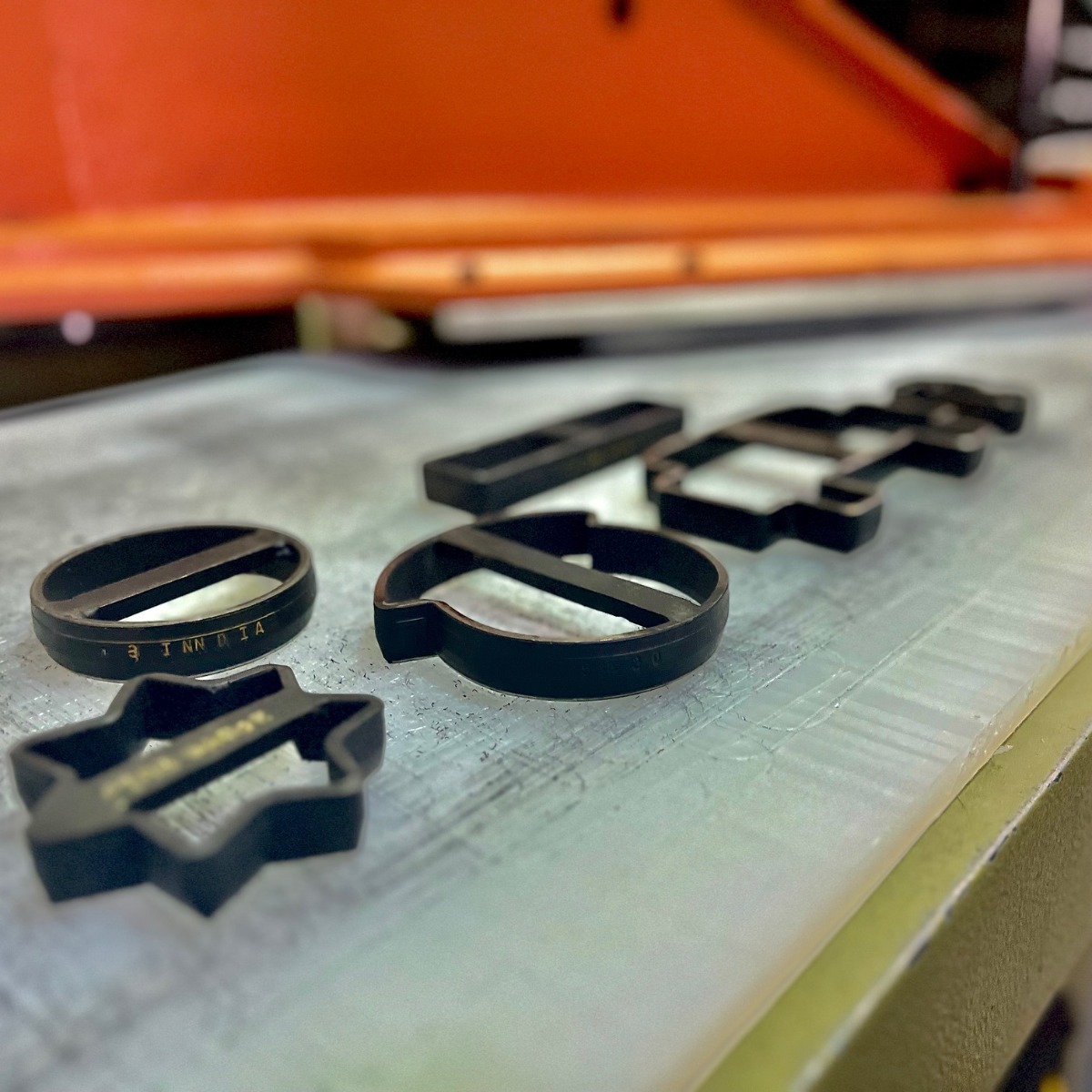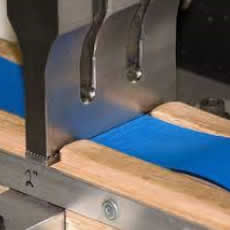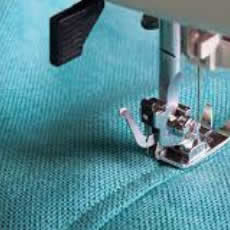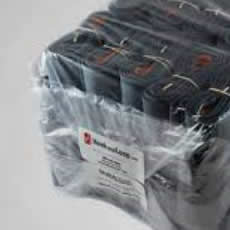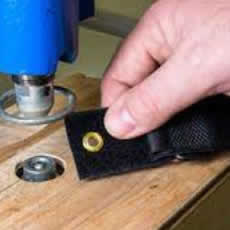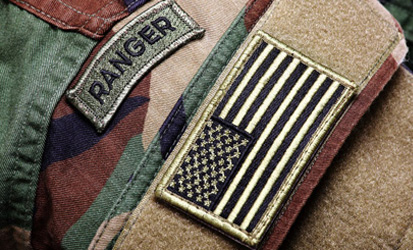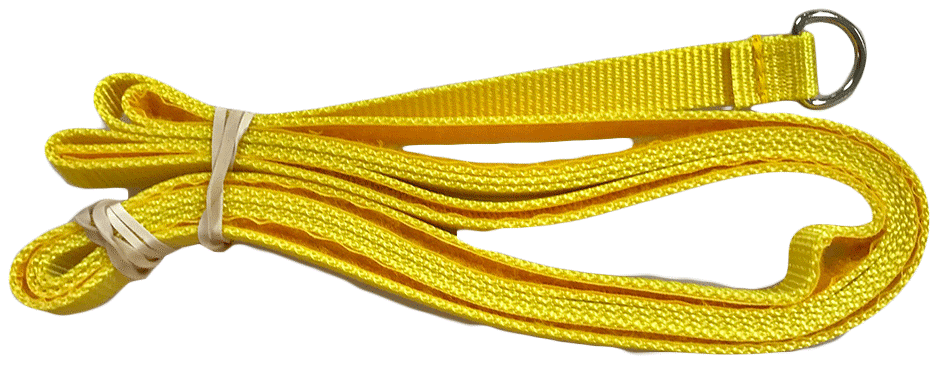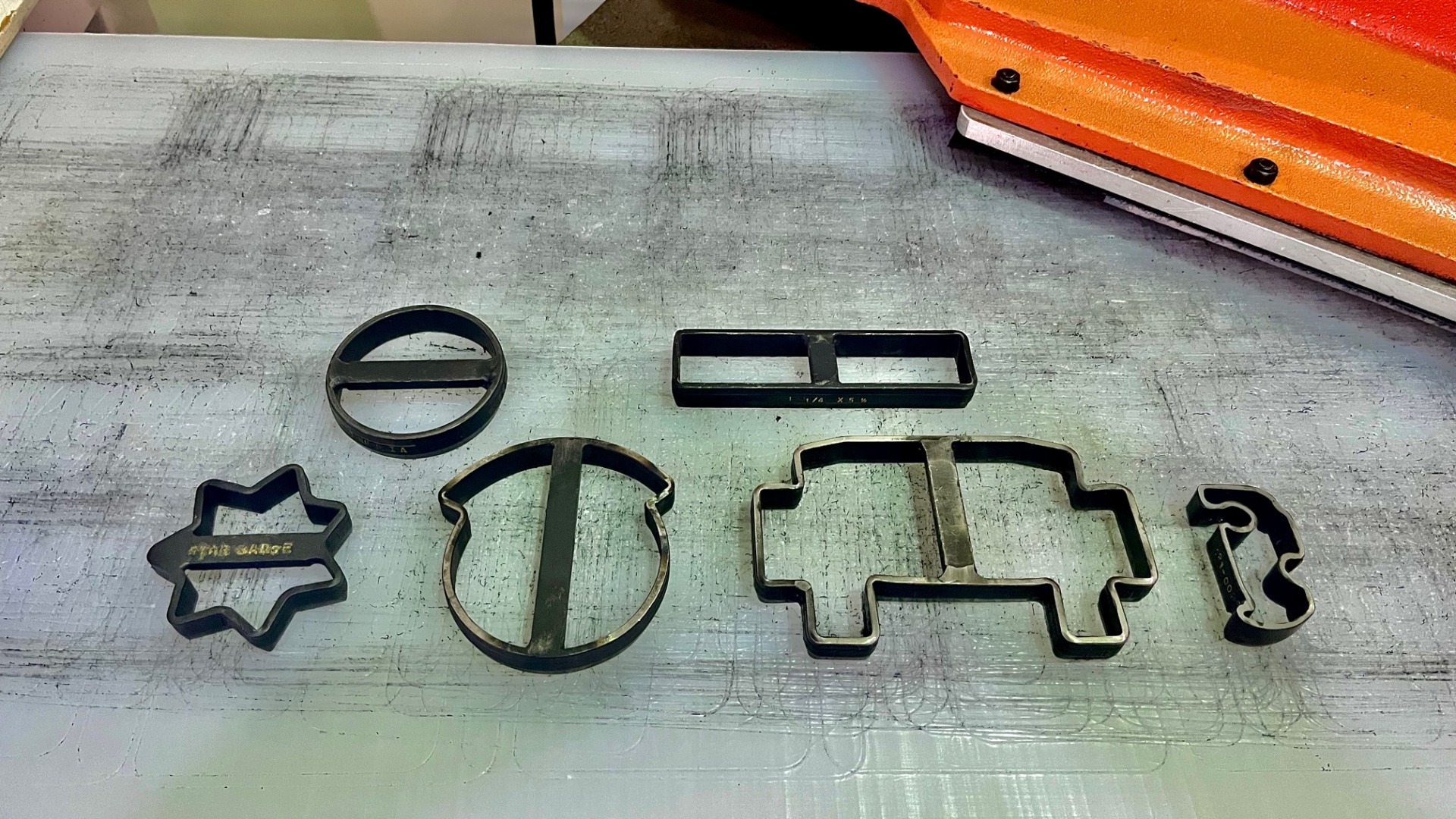Hanging pictures can be a daunting task, especially when dealing with heavy frames or trying to limit damage to walls. Traditional methods like nails or screws can leave unsightly holes and damage the surface beneath. Luckily, there are some clever alternatives, including some that are damage-free, for hanging pictures.
Best Ways for Hanging Heavy Pictures without Nails
Adhesive Tapes
Adhesive hook-and-loop tapes can be used to hang pictures. While these are best for lightweight options, depending on the size of the frame, they can hold a substantial amount of weight. Running horizontal strips ensures the strongest hold. Be sure to use as much as you can to ensure the frame holds in place.
Another important note is that while the hook-and-loop closure may be strong, the bond to the wall also needs to be strong. Applying these fasteners to wallpaper or painted surfaces may cause the wallpaper or paint to separate from the wall, causing the framed picture to fall. It's important to consider the substrate the adhesive is being applied to when using this method.
Command Strips
Command strips are a popular and easy-to-use option for hanging lightweight pictures. They come in various sizes and strengths to accommodate different weights. When using an adhesive-based fastener to hang pictures, you should consider the substrate you are sticking the fastener to, making sure that there is a secure bond before you apply weight to the fastener.
Hanging Wires
Hanging wires are another simple and effective method for hanging pictures. They can be attached to the back of the frame using picture hooks or D-rings. Unfortunately, these require nailing or drilling at least one screw into the wall.
Sawtooth Hangers
Sawtooth hangers are a traditional method for hanging pictures, but they can be tricky to install without damaging the wall. If using sawtooth hangers, be sure to use the correct size and number of nails or screws for the weight of the picture. The benefit of a sawtooth hanger is that they're easy to center and balance a framed picture.
French Cleats
French cleats are a more secure option for hanging heavy pictures. They consist of two interlocking pieces, one attached to the back of the picture and the other mounted to the wall. While these still require fastening to the wall, they can be painted to match the wall color so they blend in.
How to Hang Heavy Objects Without Nails – In Just 5 Steps
To hang heavy pictures without nails, you can use specialized picture hanging strips (often called "Velcro command strips") designed for heavier weights. These strips provide a strong hold and are easy to remove without damaging the wall. Follow these simple steps:
-
Clean the Wall Surface
Before hanging a picture, be sure to clean the wall surface to remove any dust or dirt. This will help the hanging method adhere properly.
-
Use the Right Hanging Method
Choose the hanging method that is best suited for the weight of the picture and the type of wall surface. Command strips or Velcro-style adhesive strips work well for heavier frames.
-
Apply the Strips to the Frame
Attach the adhesive side of the strips to the back of the frame. Press firmly to ensure a strong bond.
Tip: Be sure to follow the instructions for the hanging method you are using. This will help ensure that the picture is hung securely.
-
Attach the Frame to the Wall
Peel off the backing from the strips and press the frame against the wall. Hold it in place for 30 seconds to secure it properly.
-
Test the Hold
Before hanging the picture, test the hanging method by gently lifting the picture and making sure it is securely attached. If it feels loose, press the strips more firmly or add additional support.
Tip: If hanging a heavy picture, consider using additional support, such as a picture wire or French cleat.
Final Advice
It's important to make sure the fastener you're using can easily support the weight of the picture you are hanging. If using adhesive, use horizontal strips to help spread out the weight of the picture across the entire strip of material. Making sure you have a flat frame that can sit flush against the wall is important as well.
Another thing to consider is if the substrate you're using can withstand the weight of the picture. Wallpaper may rip off the wall due to the weight of the picture, for instance. Or your paint may separate from the wall, ripping free. Make sure you let the adhesive fully cure before subjecting it to weight.
Finally, when it comes time to take down the picture, make sure you have a plan for removing the adhesive without damaging the wall. Whatever method you use, always ensure that the strength of the fastener vastly exceeds the weight of the picture, and test it thoroughly before use.
Additional FAQs:
Q. What is the safest way to hang a heavy picture?
A. The safest way is to use heavy-duty adhesive strips or picture-hanging hooks designed for high-weight capacities. Command strips and French cleats are reliable options.
Q. How heavy can a picture be to hang on drywall?
A. Standard drywall anchors can hold up to 50 lbs. For heavier frames, use heavy-duty strips or cleats.
Q. How can we hang pictures without damaging the wall?
A. Use removable adhesive strips or hooks. Ensure the surface is clean and test the hold before letting go.
Q. Can you hang heavy pictures with command strips?
A. Yes, but only heavy-duty command strips are designed for high weights. Regular strips may not hold heavier frames securely.
Q. Do command strips work for heavy pictures?
A. Yes, but check the weight limit on the packaging. For heavier frames, use multiple strips or additional support.


